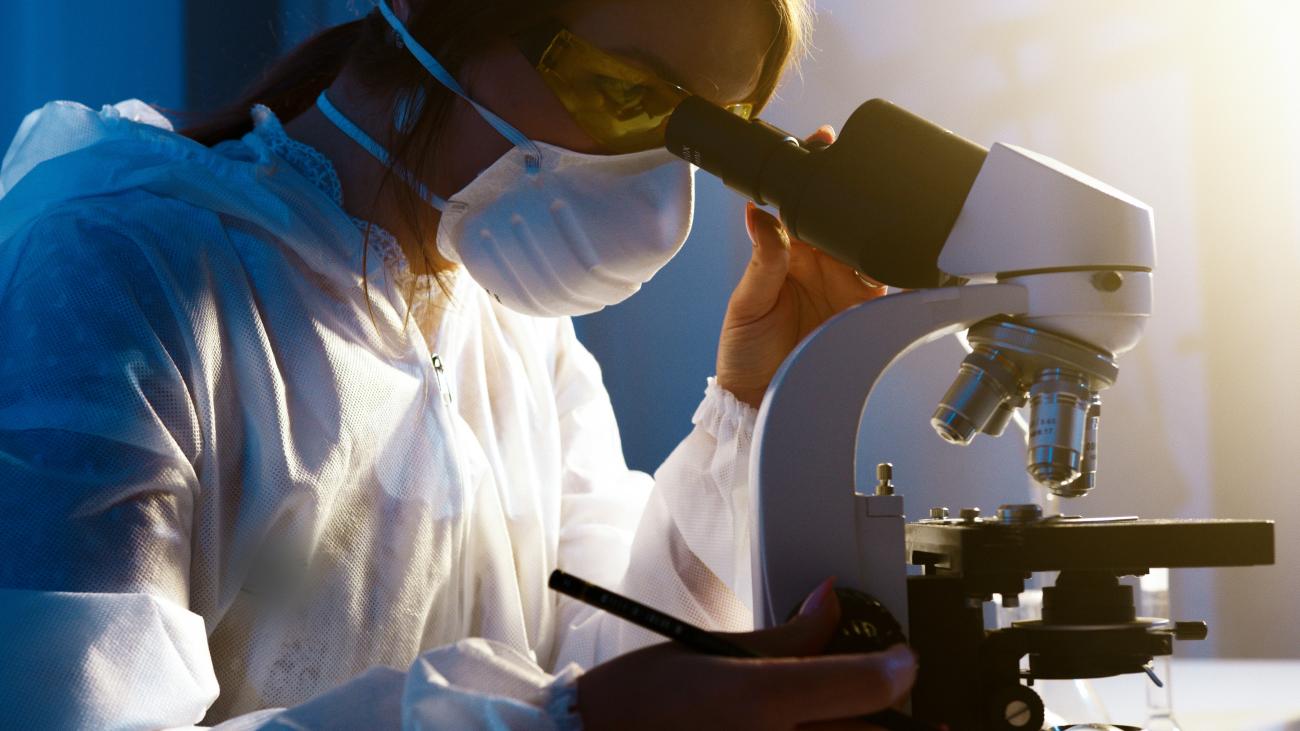Database providing access to the High Technology Network's industrial research offering: research competences, type of analyses and tests available at the Laboratories. Companies can consult the Catalogue to find Laboratories and researchers that match their needs.
Competence
Acquisition and pre-processing of signals for model identification
Biomarker identification to assess the effects of bioactive components in humans
Carbon-based materials (graphene oxides, TPG, etc.)
Ceramic materials (oxides, nitrides, carbides, etc.)
Ceramic matrix composites and nanocomposites
Continuous-time and discrete-time mathematical modeling of systems and processes
Corrosion: protection and inhibition
Cosmetics
Discrete events mathematical modeling of systems and processes
Effects of industrial processes on the nutritional qualities of foods
Elastomers
Evaluation of dietary habits of the population in order to identify risk behaviours and prevention strategies
Evaluation of the interactions between food matrix and bioactive components
Evaluation of the organoleptic characteristics of food bioactive components and related food
Evaluation of the physical, chemical, and microbial characteristics of products
Extraction of bioactive components from food waste (polyphenols, omega3 and omega6 fatty acids)
Finite element simulation (FEM)
Formal languages for systems modeling (Unified Modeling Language-UML and SysML-System Modeling Language)
Functional compounds characterization from raw materials, ingredients, food and food industry left-overs
Glass and glass-ceramic materials
Human studies for the validation of nutritional/health claims (including analysis of biological samples and statistical analysis of the results)
Identification of models and parameters estimation
Infinite-dimensional mathematical modeling of systems
Magnetic materials both bulk and nano
Magnetorheological fluids
Market survey and consumer trends towards functional foods
Materials of natural origin and derived (wood, paper, cellulose, fibers, etc.)
Materials with self-diagnostic and self-healing properties
Mathematical modelling for product/process optimization
Metal matrix composites and nanocomposites
Metals: ferrous alloys (steel, cast iron)
Metals: non-ferrous alloys (aluminum, copper, nickel, titanium, magnesium, etc.)
Micro-nano materials functionalized
Modeling of the collision of bodies in mechanical systems
Nanomaterials (filler, graphene, etc.)
Non-parametric modeling (neural networks, etc.)
Optimization of raw material selection for food processing/products
Packaging, designing and testing: choice of the proper materials for the desired product
Packaging, designing and testing: shelf-life evaluation of food products and bioactive components
Paintings

